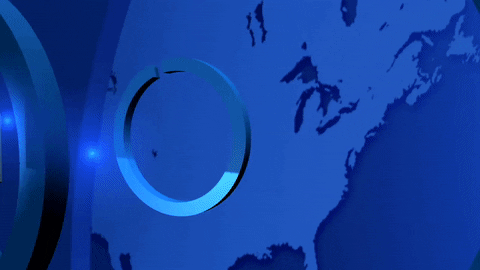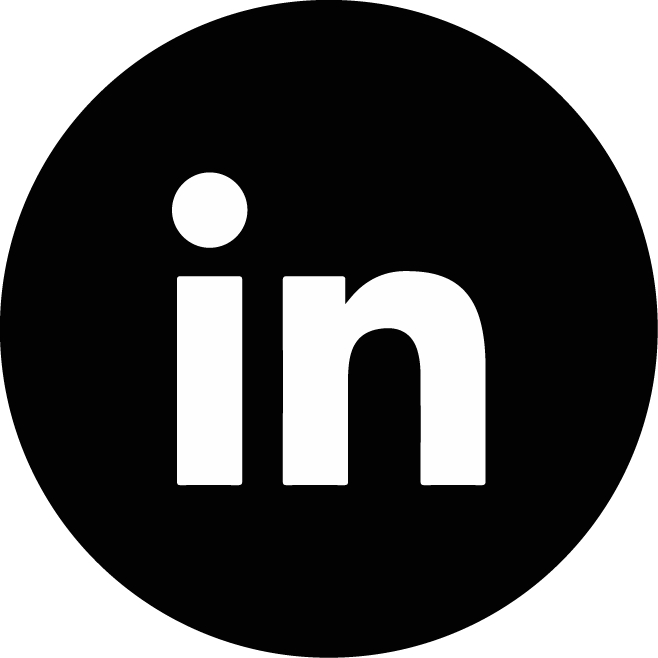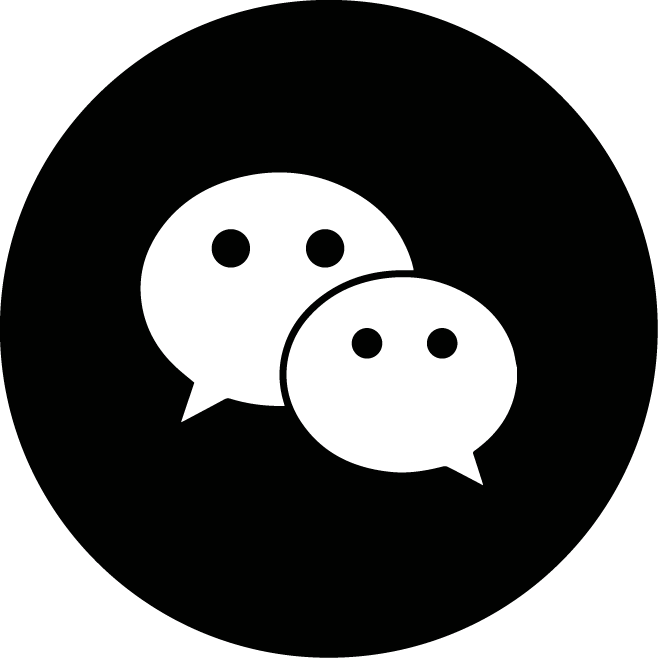Digging for data
Any AI system needs to learn from data – the more the better. Taiwan has a trove of data to feed on thanks to its National Health Insurance (NHI)system, which was launched in 1995 and covers more than 99% of the population. In recent years, the government has allowed access to this extensive data for research and development. One startup to take advantage of this opportunity is AESOP Technology, which has offices in Taipei, Berkeley, California, and Cambridge, Massachusetts. AESOP is trying to reduce a major risk to patients’ health globally: medical errors, specifically prescription errors. In Taiwan, they analyzed NHI data and found at least 3 million incorrect prescriptions each year, from incorrectly filled out forms to prescribing the wrong drugs or dosages. “Everyone thinks hospitals are high-tech, but in hospitals, the staff records patients’ status on white boards,” said Jim Long, CEO of AESOP. “Doctors spell drug names wrong – even common drug names that sound like and look like other drug names.”
Traditionally, the industry has used rule-based reminders, which look at one or two variables – such as whether two specific drugs are prescribed together.
A lot of noisy alerts are generated that physicians often ignore or turn off. AESOP is unique in that it considers many more variables – from four to more than 20 – when deciding whether to send an alert. These include a patient’s age, gender, the hospital department involved, and the diagnosis. Its system uses machine-learning to flag outliers, signaling a potential mistake. Long and his business partner founded AESOP – a spin-off startup from Taipei Medical University – last year but had first started trying to address the problem of prescription errors 20 years ago. Two developments over the past five years have been instrumental in making this technology possible, says Long. The first is greater computational power. Given that there are 60,000 possible clinical diagnoses adjusted for patients’ gender, ages, medication, and so on, just five years ago Long and his team estimated that “to finish a round of machine learning would take 150 years.” The second key change was the opening of Taiwan’s NHI Administration’s database to biotechnology and healthcare firms through academic research cooperation. Since 2016, such access to anonymized healthcare data for Taiwan’s population going back to 1995 has been available upon application. This is much more than the maximum 50 million prescriptions AESOP is allowed to access and purchase from public sources in the U.S.,Long said. In a bid to protect privacy, researchers and companies are not allowed to take any notes inside the data center in Nangang. They can only use the center’s computers and then provide the result of their searches to the staff, who then check it and send it to them. AESOP’s MedGuard system has been in use in three hospitals in Taiwan since 2017. This year, the company has signed up more hospitals in Taiwan, and physicians at Harvard Medical School’s Brigham and Women’s Hospital are also giving the system a trial. “Our target will still be the U.S.,” says Long. The U.S. is a bigger market than Taiwan and uses the same drug coding system and language when prescribing, he says. One prescription error it caught in Taiwan involved a 9-year-old girl with lower back pain. The physician had meant to prescribe Solaxin, a muscle relaxant. Instead, he chose Solian, an antipsychotic used to treat schizophrenia. The drug should not be prescribed to children and the dosage far exceeded the maximum recommended amount. AESOP’s MedGuard system flagged the error when it recognized that the drug wasn’t being prescribed as it had been in the past.
Summarized from Taiwan Business TOPICS
評論已關閉。
|
全部
|
醫守科技股份有限公司
|

|
© AESOP Technology 2024




